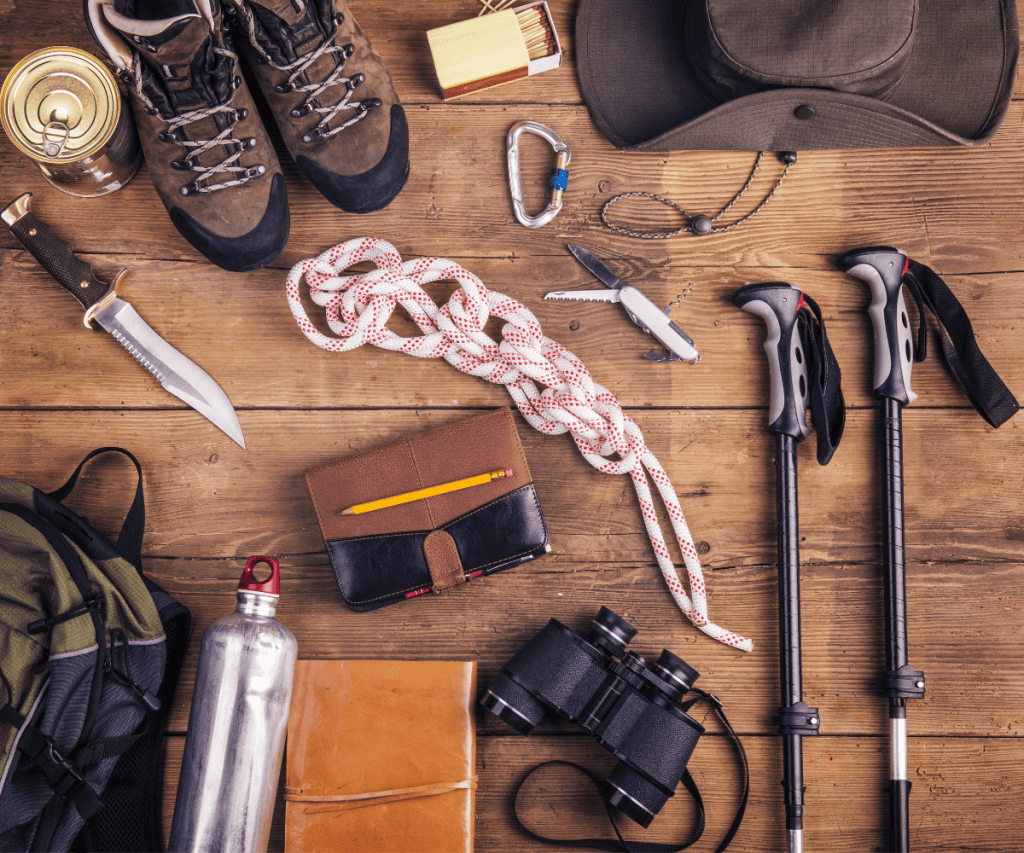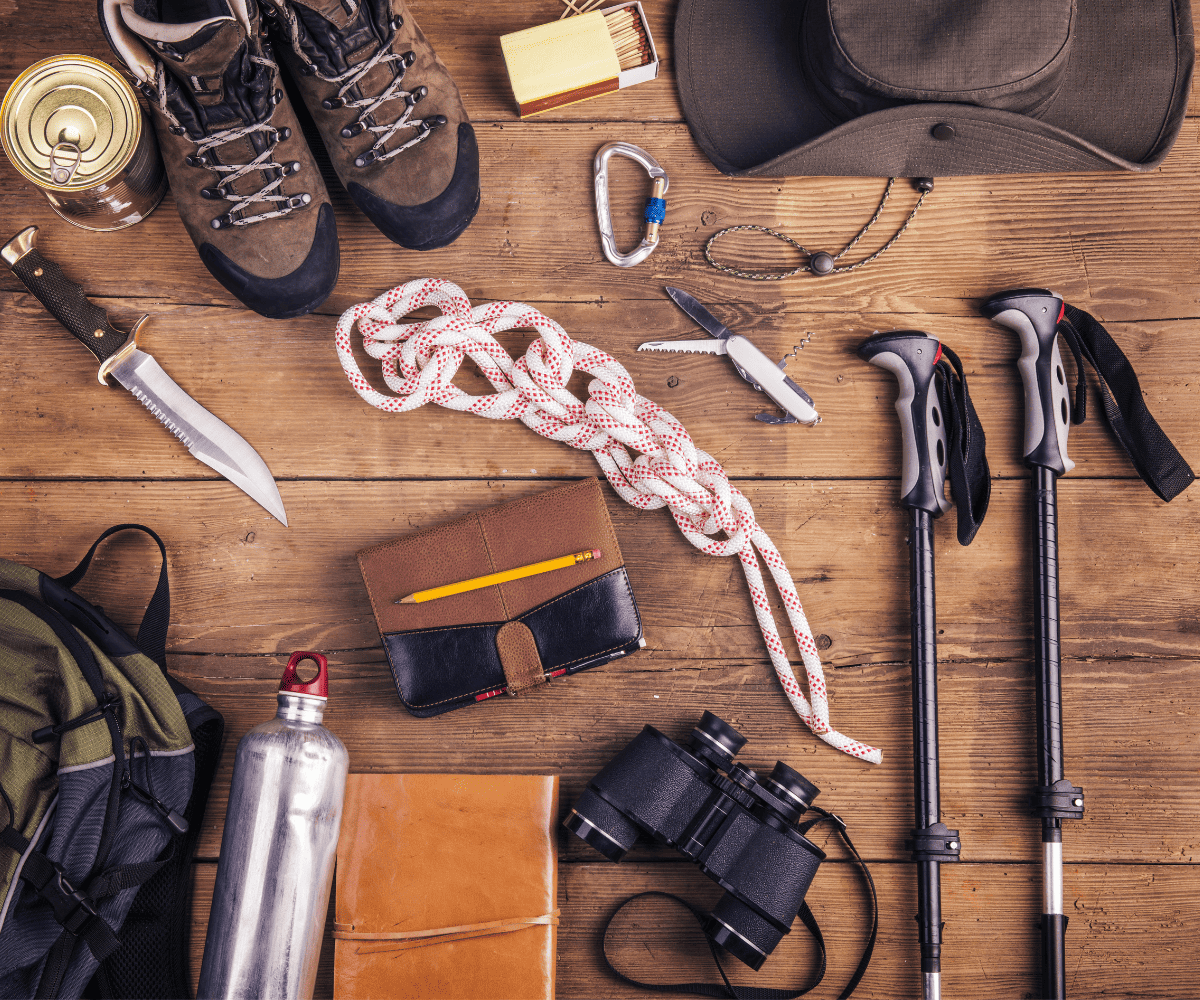The Leave No Trace principles are a set of guidelines designed to help outdoor enthusiasts minimize their impact on the environment and preserve the wilderness for future generations. Our National Park Service has heavily invested in educating its guests on these principles.
Whether you’re a seasoned hiker, camper, or simply enjoy spending time in nature, it’s important to follow Leave No Trace. Ensure that you’re enjoying our public lands in a responsible and sustainable manner.
The Leave No Trace principles are broken down into seven main categories: plan ahead and prepare, travel and camp on durable surfaces, dispose of waste properly, leave what you find, minimize campfire impact, respect wildlife, and be considerate of other visitors. Let’s take a closer look at each of these principles in more detail.
Plan ahead and prepare:
Before you head out into the wilderness, make sure you’re well-prepared. Research the area you’ll be visiting, including the weather, trail conditions, and any regulations or restrictions that may be in place.
Make sure you have enough food, water, and clothing to last for the entire trip.
Estimate your water at about a half-a-liter per person, per hour. If you will be in extreme conditions, adjust this amount upwards.
Even if you won’t be hiking during meal time, always hike with food. Consider some trail mix or an energy bar or two. You need both protein and sodium. This is an area we always overpack.
You never know when conditions could change, and you need more sustenance!
Also consider emergency gear as outlined in THIS post.

Travel and camp on durable surfaces:
Durable surfaces are areas that can withstand the impact of camping activities without being damaged. This includes surfaces like established campsites, gravel or rock surfaces, and dry grasses.
Here are some reasons why camping on durable surfaces is so important:
- Protects the environment: Camping on durable surfaces helps protect the environment by preventing damage to vegetation, soil, and wildlife habitats. When we camp on fragile surfaces like meadows, wetlands, or cryptobiotic soil, we can cause long-lasting damage that can take years to recover from.
- Preserves natural beauty: When we camp on durable surfaces, we’re helping to preserve the natural beauty of the area. By avoiding areas with sensitive vegetation or delicate landscapes, we’re able to maintain the natural aesthetic of the environment.
- Minimizes erosion: When we camp on durable surfaces, we’re helping to minimize erosion. Erosion occurs when soil is disturbed or vegetation is removed. It can have negative effects on nearby waterways and ecosystems.
- Ensures safety: Camping on durable surfaces is also safer for campers. Established campsites are usually located in areas that have been checked for hazards like falling trees or uneven ground. This makes them safer places to camp.
When camping, make sure to set up your tent and campfire on designated campsites or other durable surfaces.
Dispose of waste properly:
When it comes to waste disposal, it’s important to follow the “pack it in, pack it out” rule. This means that you should pack out all of your trash, including food packaging and food scraps.
If you’re camping in an area without toilets, make sure to bury your waste in a shallow hole at least 200 feet from any water sources. Pack out any tissue you use.
Some parks, such as Arches National Park, are now requesting that you pack out any human solid waste. The visitor center now sells special waste bags for humans.
If you hike in high traffic areas, you may see that human waste is actually building up faster than it biodegrades. This is an inconvenient and, frankly, gross truth.
In order to “leave no trace,” it is becoming increasingly important to pack out all human waste. Before you set out on your adventure, be sure to check your park or public land guidelines on best practices for human waste.
Leave what you find:
When hiking or camping, it’s important to leave natural and cultural features undisturbed. This means avoiding the use of rock or vegetation as stepping stones and not collecting or removing plants, rocks, or other natural objects.
Another inconvenient truth is that many of the cairns you see in the backcountry were constructed in violation of the “leave no trace” principles. Occasionally, rangers will create cairns to help guide guests; however, visitors to our public lands are asked not to build additional cairns.
My personal, inconvenient truth is this entire principle! You see, when I was thirteen-years-old and backpacking in Yellowstone, I found a full elk rack. It was stunning and huge!
My mother said I could take it home as a souvenier if I carried it for the rest of the backpacking trip.
I was (am) proud and stubborn.
I carried that rack for days, but when we were finally exiting the trail, I was forced to face the reality that this elk rack was not mine to take. I begrudgingly left it behind. And my mother never tried to call my bluff again!
Minimize campfire impact:
If you plan to have a campfire, make sure to use established fire rings or fire pans. Keep your fire small, and use only small sticks that can be broken by hand.
When you’re finished with your fire, make sure to burn all wood to ash and scatter the ashes. Make sure it is cool enough for you to comfortably place your entire hand on the ash pile prior to leaving it unattended.
Do not go to sleep with the fire smoking.
Remember all of the recent fires in the western states? Do your part to prevent human-induced tragedies.
Respect wildlife:
When spending time in the wilderness, it’s important to respect wildlife and give them plenty of space. Avoid approaching or feeding wildlife, and never try to touch or capture them.
Don’t feed the chipmunks!
Don’t pet the bison!
To love our wilderness is to respect it. By giving wildlife their space, you’ll reduce the risk of a dangerous encounter and help protect the animals from harm.
Be considerate of other visitors:
It’s important to be considerate of other visitors to the wilderness. Avoid loud noises and shouting, and keep your pet on a leash at all times.
If you are using audio devices, PLEASE use headphones. Although, we discourage this in the wilderness, as it is safest to always be fully aware of your surroundings. (Remind me of this next time you see me wandering through Rocky Mountain National Park while listening to a podcast on my headphones!)
If you’re camping, make sure to set up your tent and campfire in a way that won’t disturb other visitors, and be mindful of the time of day and night when making noise.
In short, be a good steward of our lands. Be a good neighbor to each other, and we will all continue to enjoy our time outdoors!

